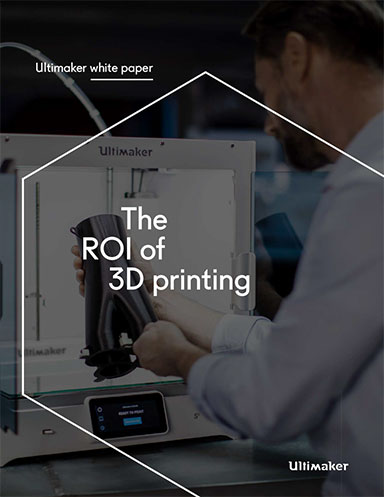BEAMIT Group Develops Printing Process for Nickel-based superalloy René 80 RAM1
The 3D-printed alloy has characteristics for applications in energy and aerospace.
Latest News
October 29, 2021
BEAMIT Group has targeted its efforts into studying new alloys for use in the energy industry, resulting in the development of a printing process for René 80 RAM1. René 80 is part of the family of Nickel-based superalloys with quite a high melting point and oxidation resistance at high temperatures, making them suited to applications in the energy industry for turbines and valves, and for the aerospace industry. When
processed with AM technologies rather than conventional technologies, René 80 is a high-performing alloys also at ambient temperature.
The first step in developing the AM process for René 80 was processing the alloy: the chemical composition of Nickel superalloy powder is complex and a few critical issues often arise during the printing phase.
The powder was modified by Elementum 3D using its RAM technology. Once the alloy’s chemical composition had been modified, BEAMIT Group technicians developed and optimized the LPBF process to achieve good density and a crack-free microstructure.
“René 80 is proving that our one-stop shop strategy succeeds throughout the entire value chain, including when researching and developing new materials,” says BEAMIT Group General Manager Andrea Scanavini.
The advantage of the process parameterized by BEAMIT Group lies in the HIP-Q phase. The treatment can be performed with Quintus technology and enables HIPing to be followed by rapid quenching in Argon to produce a high-performance material with a one-step heat treatment.
Tests were conducted at high temperatures and to gage cracking resistance that confirmed a yield strength of 750 MPa at around 900°C.
“It was a challenge to actually print an alloy that performs so well at high temperatures, but we fine-tuned the AM process and succeeded—plus we achieved high density,” says Jacopo Sisti, BEAMIT Group Materials and Special Processes Manager. “The turning point came with the innovative HIP-quenching heat treatment: we avoided the formation of cracks in the material which meant that we delivered better static mechanical properties than the alloy produced with conventional technologies.”
Sources: Press materials received from the company and additional information gleaned from the company’s website.
Subscribe to our FREE magazine, FREE email newsletters or both!
Latest News
About the Author
DE’s editors contribute news and new product announcements to Digital Engineering.
Press releases may be sent to them via DE-Editors@digitaleng.news.
Related Topics






